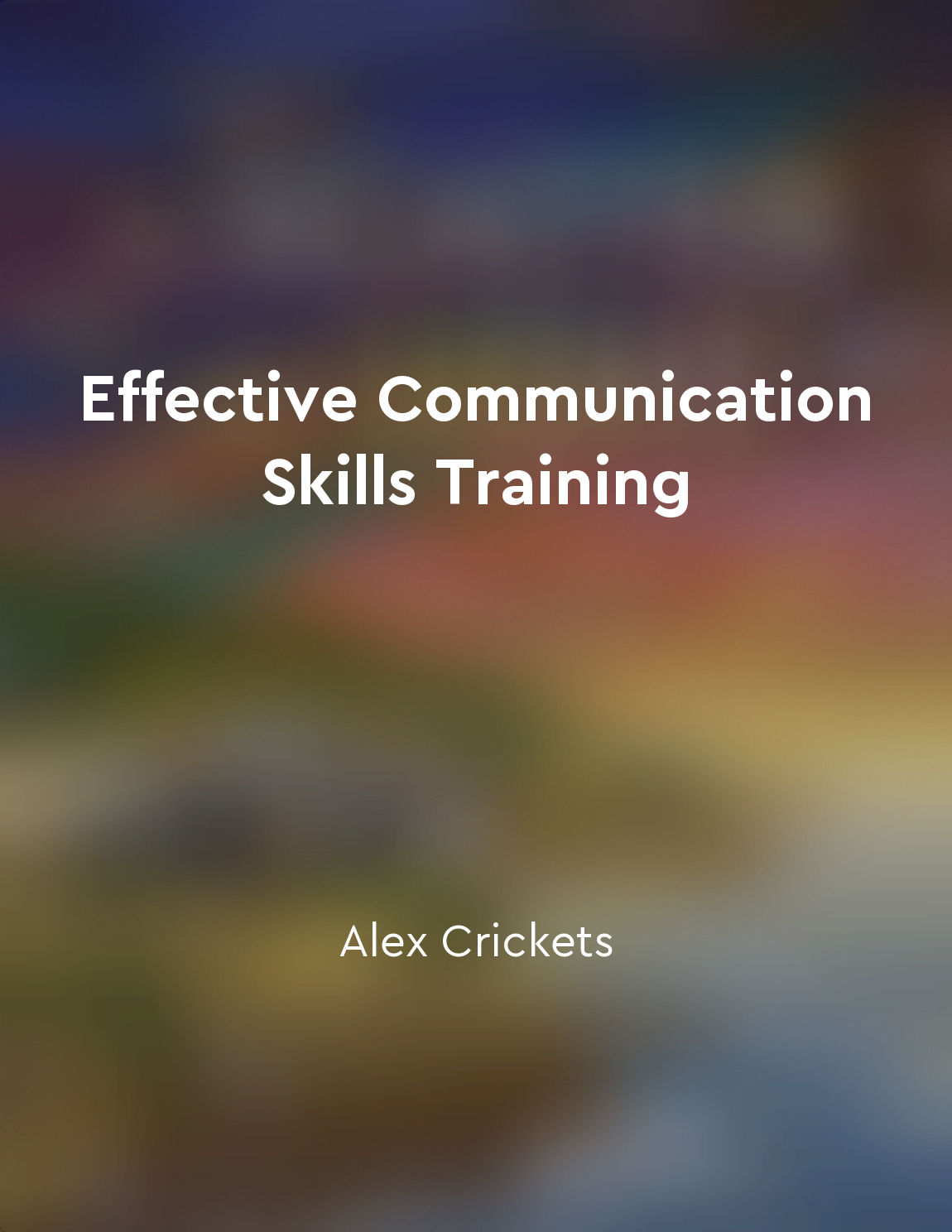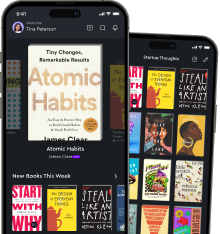Audio available in app
Structure your story with a clear beginning middle and end from "summary" of Unleash the Power of Storytelling by Rob Biesenbach
Every compelling narrative unfolds in three distinct phases: the beginning, the middle, and the end. The beginning serves as the stage setter, where characters, setting, and stakes are introduced. Engage the audience immediately by presenting a relatable situation or conflict that piques curiosity, drawing them into the journey. As the story progresses into the middle, the plot thickens. This is where challenges arise, and characters must navigate obstacles that test their resolve. The tension builds, creating a sense of urgency and investment in the outcome. Clear transitions between events are crucial here; they guide the audience and maintain engagement. Use phrases like “As a result” or “In contrast” to weave a seamless narrative, allowing readers to follow the twists and turns with ease. The end brings resolution. Here, conflicts are resolved, and the journey reaches a satisfying conclusion. It’s essential to reflect on the growth or change that characters have undergone, reinforcing the story’s message or theme. This closure not only provides a sense of completion but also leaves the audience with something to ponder. Maintaining consistency in tone throughout these phases ensures that the emotional cadence resonates with the audience. Whether evoking laughter, tension, or introspection, every element should align with the overarching narrative arc. This coherent flow transforms a simple sequence of events into an engaging and memorable experience, captivating the audience from the first moment to the last.Similar Posts

Authority figures can be powerful influencers
Authority figures like experts, celebrities, and high-status individuals have the ability to shape our thoughts and behaviors i...

Practice storytelling to improve your skills
One of the most effective ways to enhance your storytelling abilities is through practice. By consistently telling stories to d...
Frames can influence not only beliefs but also behaviors
Frames are mental structures that shape the way we see the world. They are not just abstract ideas, but they have real conseque...
Write for yourself first, and then consider your audience
When you write, you must remember one thing above all others: you are writing to please yourself. If you don't like what you're...

Establishing trust through communication
Establishing trust through communication is a fundamental aspect of effective communication skills. Trust is the foundation upo...
Benefits of writing for different audiences
When we talk about writing for different audiences, we are essentially referring to the idea that not all readers are the same....
Ideal for learners looking to expand their language skills
Perfect for those who are eager to improve their language abilities, this book offers a variety of short stories in Spanish tha...
Simplicity is essential in crafting sticky ideas
When it comes to crafting ideas that stick, simplicity is key. It might seem counterintuitive, but the more complex an idea is,...
Time management is key to efficient communication in business
Efficient communication in business hinges on the effective management of time. Time is a valuable resource in the business wor...
Show respect for your audience
Respecting your audience is a fundamental principle when it comes to effective communication. It involves acknowledging their i...

